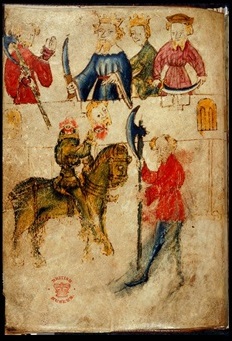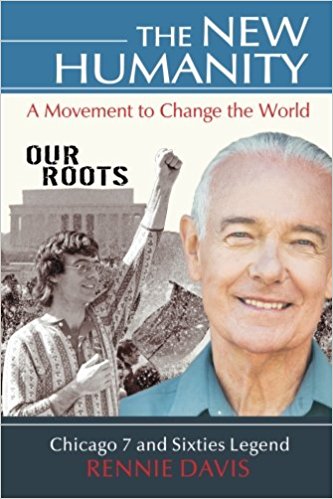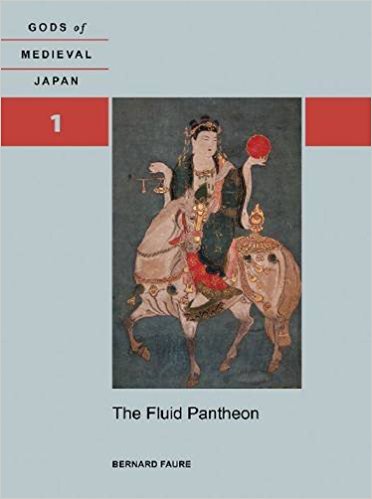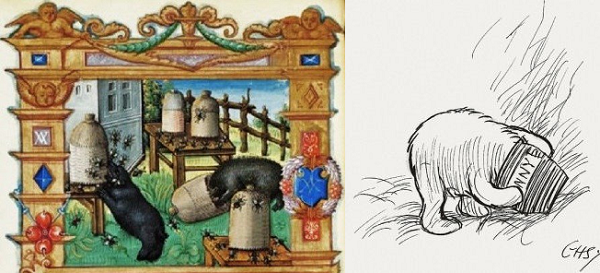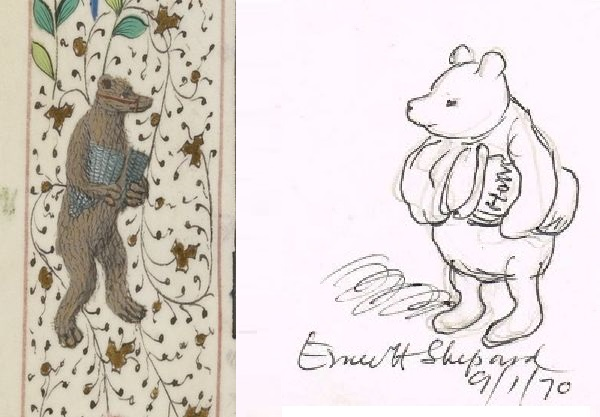Shorts 04: Books, and a personal pic
Sunday, March 4th, 2018[ by Charles Cameron — a quick treasury of treasures, what else? ]
.
Robert Irwin, The Arabian Nights: A Companion
Abbasid Baghdad did produce its own semi- legendary criminals. Many tales were told of the ingenious exploits of the ninth-century master-thief, al-Uqab (‘the Eagle’), among them the story of a bet he had with a certain doctor that within a set period of time alUqab could steal something from the doctor’s house. Although the house was closely guarded, alUqab drugged the guards. Then, posing as an apparition of Jesus and making use of hypnotism, he succeeded in stealing off with the dcotor himself.
Robert Irwin was an Oxford contemporary & fellow-traveller.
**
Kim Wagner, The Skull of Alum Bheg: The Life and Death of a Rebel of 1857
In 1963, a human skull was discovered in a pub in south-east England. The handwritten note found inside revealed it to be that of Alum Bheg, an Indian soldier in British service who had been blown from a cannon for his role in the 1857 Uprising, his head brought back as a grisly war-trophy by an Irish officer present at his execution. The skull is a troublesome relic of both anti-colonial violence and the brutality and spectacle of British retribution.
Ooh, grue! Cf. the food of that served in the Arkansas penal system.
^^
Simon Armitage, Sir Gawain and the Green Knight: an introduction
We know next to nothing about the author of the poem which has come to be called Sir Gawain and the Green Knight. It was probably written around 1400. In the early 17th century the manuscript was recorded as belonging to a Yorkshireman, Henry Saville of Bank. It was later acquired by Sir Robert Cotton, whose collection also included the Lindisfarne Gospels and the only surviving manuscript of Beowulf . The poem then lay dormant for over 200 years, not coming to light until Queen Victoria was on the throne, thus leapfrogging the attentions of some of our greatest writers and critics. The manuscript, a small, unprepossessing thing, would fit comfortably into an average-size hand, were anyone actually allowed to touch it. Now referred to as Cotton Nero A X, it is considered not only a most brilliant example of Middle English poetry but also as one of the jewels in the crown of English Literature; it now sits in the British Library under conditions of high security and controlled humidity.
Hat-tip: Hanne Elisabeth Storm Ofteland
**
Rennie Davis, The New Humanity: A Movement to Change the World (Volume 1 of 3)
This first book returns to ‘Our Roots’ with a behind-the-scenes look straight from the eye of the social-change hurricane that swept North America during the turbulent times of the 1960s. Rennie Davis was the coordinator of the largest coalition of anti-war and civil rights organizations during that era. Now in vivid detail, he explains how the Sixties movement ignited and expanded, growing in strength and staying power. A compelling, riveting story, it was written to inspire today’s generation to stand on the shoulders of those who came before and arise again to change the world. Like a snowball tumbling down the mountain to become an avalanche that takes out the concrete wall of fear and divide, today’s movement will not be ignored or stopped.
This book is today’s must-read gift to yourself and your friends to uplift humanity and change the world.
Rennie is an old friend, story for another day. Hat-tip: Rennie Davis.
**
This just in:
Bernard Faure, The Fluid Pantheon: Gods of Medieval Japan, Volume 1
Written by one of the leading scholars of Japanese religion, The Fluid Pantheon is the first installment of a multivolume project that promises to be a milestone in our understanding of the mythico-ritual system of esoteric Buddhism—specifically the nature and roles of deities in the religious world of medieval Japan and beyond. Bernard Faure introduces readers to medieval Japanese religiosity and shows the centrality of the gods in religious discourse and ritual; in doing so he moves away from the usual textual, historical, and sociological approaches that constitute the “method” of current religious studies. The approach considers the gods (including buddhas and demons) as meaningful and powerful interlocutors and not merely as cyphers for social groups or projections of the human mind. Throughout he engages insights drawn from structuralism, post-structuralism, and Actor-network theory to retrieve the “implicit pantheon” (as opposed to the “explicit orthodox pantheon”) of esoteric Japanese Buddhism (Mikky?).
Hat-tip: just in from friend Gilles Poitras.
**
Enough of books — heres a personal photo — friend Neil Ayer with a Rothka at the Museum of Fine Arts, Boston:
Au ‘voir!


